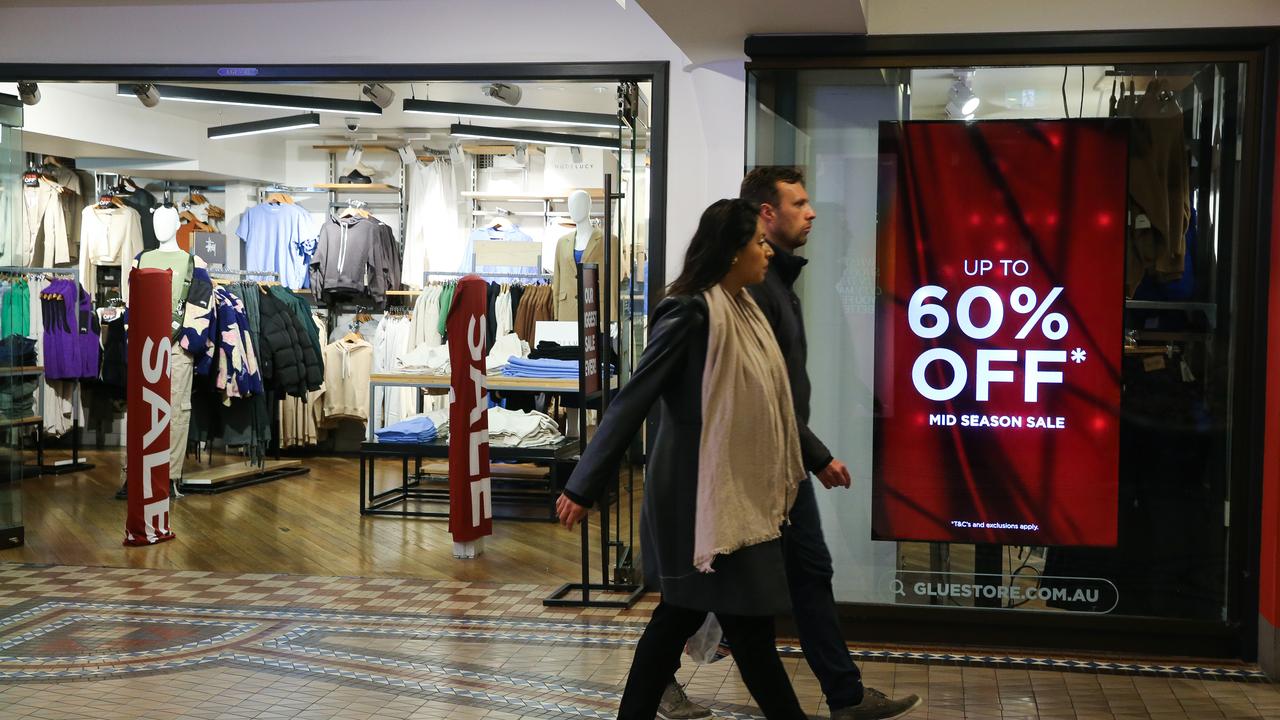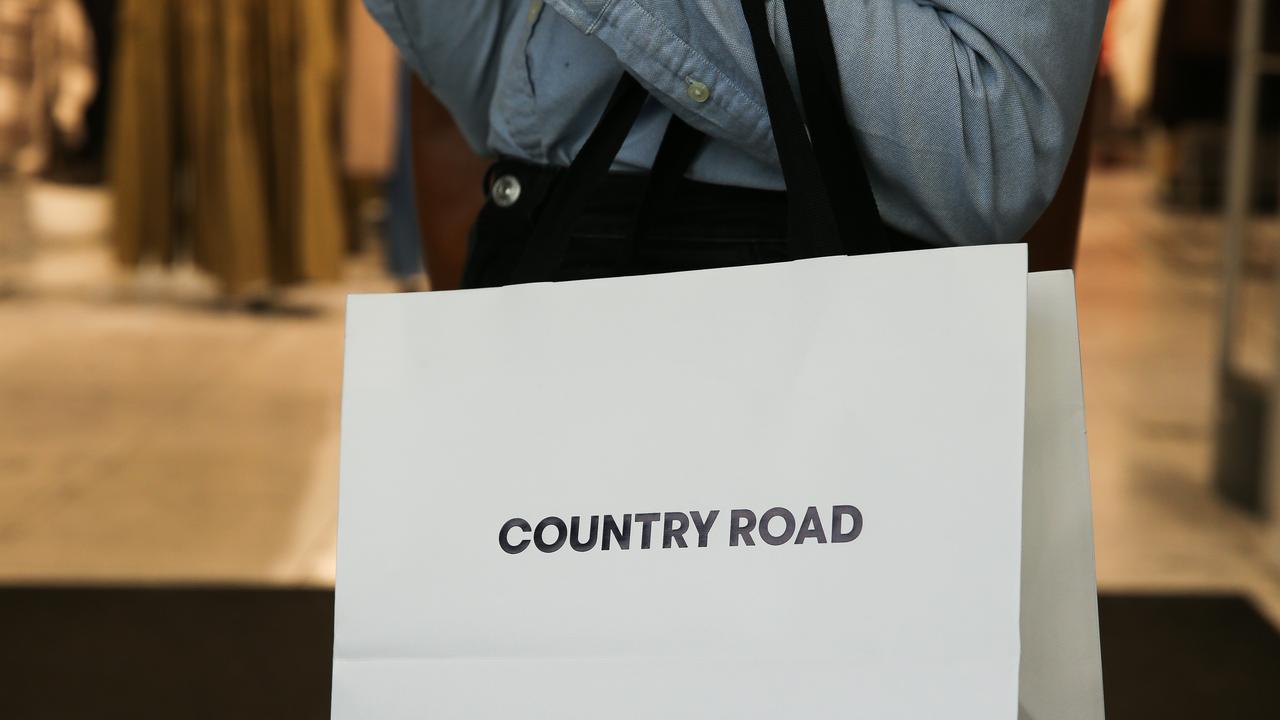Aussies warned over mid-year sales as fashion scams spike
Australians have been warned that they could have their money stolen in the upcoming sale season with one type of crime on the rise.
Australians have been warned that they could get more than they bargained for in the upcoming sale season with fashion scams on the rise.
Goods and services scams, which include popular fashion scams, are now the second most reported scam to NAB.
The bank has reported a 66 per cent increase in these types of scams since February this year, warning that criminals may use the mid-year sales to cash in on Australians money.

NAB investigations and fraud manager Chris Sheehan said scams are becoming more sophisticated and more difficult to spot thanks to the creation of ghost sites and fake ads that use the photos and logos of real brands to rip off unsuspecting customers .
“People pay for things and the goods never arrive or they turn out to be counterfeit goods and are not what they are purporting to be, that is definitely on the rise,” Mr Sheehan said.
“I suspect the reason for that is because it’s relatively easy for criminal groups to essentially spoof websites or spoof legitimate products web presence and to get people to send funds through.”
The average Australian spent $2063 on clothes and shoes last year, with consumers losing more than $9 million in the same time period according to Scamwatch.
Australians have had more than $2.5 million stolen from them in these types of scams in the first four months of 2023.
Individuals tend to lose less than $1000 in these types of scams, with the low price of the products on offer may help the scammers to lure in victims.
“It’s not like an investment scam where people will lose hundreds of thousands of dollars, so people are a little bit less cautious about spending on these things,” Mr Sheehan said.
“You’re talking $80 for a pair of trousers or $150 for a pair of shoes, so people’s level of caution when they’re interacting with these websites and entering in their credit card details is not as high as it should be.”

Often people will receive counterfeit goods or items that barely match photos and descriptions.
Renee Tayler purchased a $30 Country Road keychain to only be sent a “rubbish” product.
“Odd that they went to the effort of actually posting something. I’m assuming they did this to a number of people,” she said.
While the methodology may seem unusual, Mr Sheehan says that the practice is quite common for those who produce counterfeit goods in countries like China and Vietnam and that it may aid in keeping out of trouble with law enforcement.
“The complexity that potentially creates for the victim and for law enforcement when they want to investigate one of those matters...if a product, even a counterfeit product turns up, it becomes a more complex argument then about whether you were the victim of a scam.”
Shockingly, those who are most likely to fall victim to fashion scams aren’t who you would expect.

“Younger people are just as likely to fall victim to scams as older people and in some cases, like this type of scam, are more likely to fall victim,” he said.
Millennials (aged 25-45) are the most likely to fall victim, something Mr Sheehan attributed to the time spent online shopping as well as a false sense of confidence that they’re able to spot a scam.
Iconic and clickable brands are the most likely to be the targets of the scam groups, with Mr Sheehan warning people not to believe offers that seem too good to be true.



